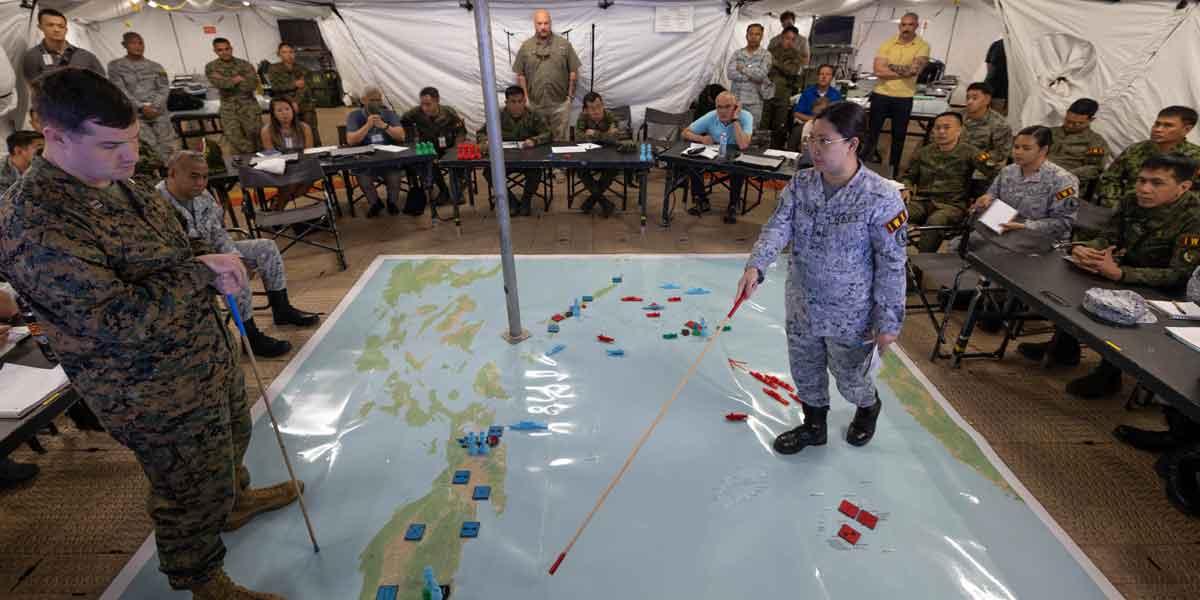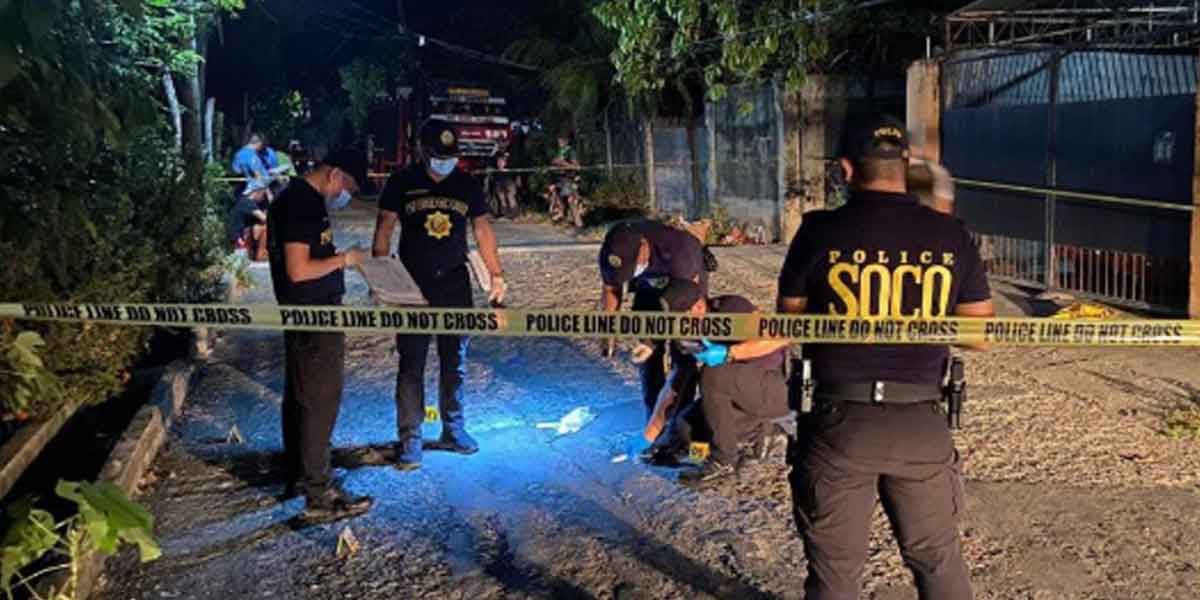As cases of coronavirus disease (Covid-19) continue to spike in Western Visayas, the health department said more than half of the cases registered in the region are now attributed to local cases, or those with no travel history and contracted the virus within the region, instead of imported cases.
The Department of Health-Center for Health Development Western Visayas (DOH-CHD 6) reported that 51 percent or 1,512 of the total cumulative cases (2,981) as of August 18, 2020 were local cases, while 1,466 or 49 percent are imported cases or returning Overseas Filipinos (ROFs) and locally stranded individuals.
On Thursday, the total registered cases in the region swelled to 3,152, wherein 46 percent or 1,470 are imported cases and 1,682, or 53 percent, are local cases.
According to Dr. Jessie Glenn Alonsabe, regional epidemiologist of DOH-CHD 6, the bulk of the local cases that remain active were in the highly urbanized cities (HUCs) of Bacolod and Iloilo.
Based on Case Bulletin No. 46, Iloilo City recorded the highest number of local cases with 641 cases with 13 deaths, 114 recoveries, and 514 active cases; followed by Bacolod City with 409 total cases with 15 deaths, 82 recoveries, and 312 active cases.
Alonsabe said community transmission is faster in the urban areas especially those that are densely populated.
“Madasig ang community transmission sa aton urban areas, kapin pa sa mga densely populated. Kon diri sa city naga-concentrate gid aton clustering sang mga cases,” he said in a press conference on Wednesday.
DOH-CHD 6 reported clustering of Covid-19 cases in Morbidity Week No. 33 in Iloilo province particularly in Botongon, Estancia with four cases; Pandac, Pavia with two cases; Ungka 2, Pavia (2); Mayunoc, San Joaquin (2); Buyu-an, Tigbauan (2)
In Negros Occidental, the top 5 barangays with clustering of cases include Brgy. Cubay in La Carlota City with nine cases; Manbulac, Silay City with seven cases; Rizal, Silay City (3); Poblacion, EB Magalona (3); and Sta. Rosario, Binalbagan (3).
Meanwhile, San Juan in Molo district leads the top 10 barangays in Iloilo City with clustering of cases with 68.
Alonsabe said the surge in cases in the two HUCs can also be attributed to the intensified contact tracing efforts of the local government units (LGUs).
“It is understandable kay kon may madetect kita na cases naga increase aton contact tracing activities. Kon nagadamo aton ginacontact trace damo aton tests ginaubra,” he added.
The health department also warned of fast COVID-19 transmission in workplaces with closed setting.
“Mas madasig maglapta kon sa ulubrahan. Even in Metro Manila, there are findings na mas dasig ang transmission sa closed workplaces. Kon casual man lang movement sa salakyan, indi gid ni major contributor sang infection,” Alonsabe said.
For instance, Alonsabe said COVID-19 transmission in call center firm iQor was fast because of its closed setting and the constant interaction of employees.
“Ang sa workplaces, constant ang interaction sang mga tawo da on a day to day basis so mas longer imo exposure kon may ara dira nga tawo nga infected, mas dasig siya da nga mainfect sa kadam-an that is why indi kita matingala as exemplified by iQor nga nagdamo ila kaso,” he explained.
Data from the DOH-CHD 6 showed clustering of cases in the workplaces in the region particularly iQor with 139 active cases; Landbank Jaro branch in Iloilo City with five cases; National Irrigation Administration (NIA) with six cases; Department of Public Works and Highways (DPWH) in Bago City with five cases; OSCA in Bacolod City three cases; and call center firm, WNS in Iloilo City with two cases.
On the average the region is now reporting around 62 Covid-19 cases per day, as of August.
This is a major increase in daily confirmed cases in the region compared to July which is only at 20+ per day; 14 cases per day in June; and only 1-2 cases from March to May.
Currently, the case doubling time in the region is at 12 days.
The doubling time, which is the duration in days for cases or deaths to double, measures the speed of transmission of COVID-19. Lower numbers of case doubling time indicate faster outbreaks while higher numbers mean slower outbreaks.
“Basta indi lang manubo sa 10 days, we are on the safe side,” Alonsabe said.
Meanwhile, DOH-CHD 6 is closely coordinating with the LGUs of Iloilo and Bacolod cities which recorded spikes in recent COVID-19 infections in the region.
DOH-CHD 6 Regional Director Dr. Marlyn Convocar said they are advising the LGUs on protocols to be imposed anchored on the prevention, detect, isolate, treat, and reintegrate strategy of the health department.
“We are conducting online meetings with the LGUs. So far, the mayors are receptive of our advices particularly on prevention, contact tracing, and testing,” Convocar said. (ERS)



















